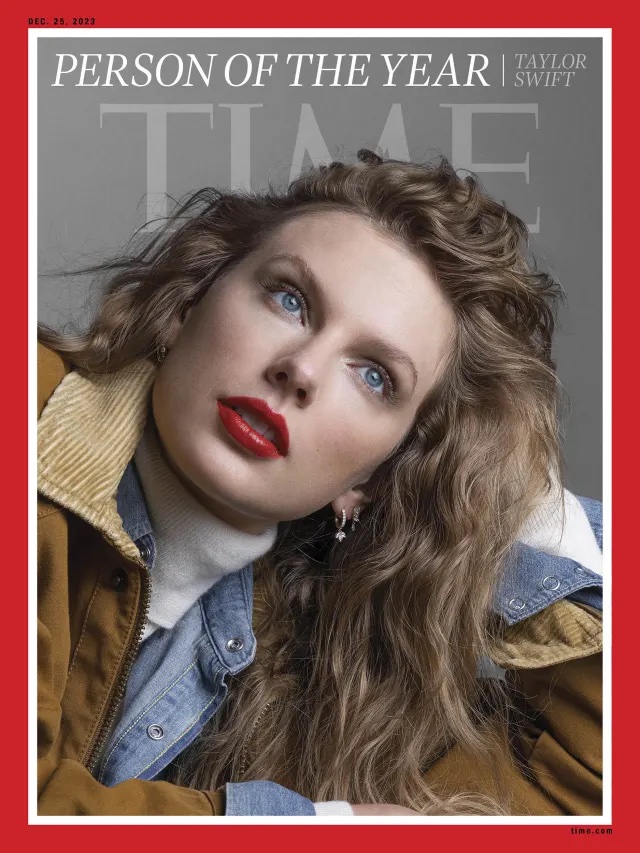As TIME puts it, “She became the main character of the world.”
For almost a century now, TIME has chosen a Person of the Year each year—a person, group, concept or object that “for better or for worse” shaped or influenced the year.
In Philippine history, President and “Mother of Democracy” Corazon Aquino, and journalist and Nobel Peace Prize laureate Maria Ressa received the same titles in 1986 and 2018, respectively.
Taylor Swift had already appeared on the magazine cover in 2017 as one of “The Silence Breakers,” individuals who came forward and spoke about powerful men who committed sexual harassment and assault against them. Swift’s iconic $1 countersuit against her harasser, a radio DJ named David Mueller, was one of the stories that would spark the #MeToo movement that supports survivors of sexual violence.



This year, Swift is the solo Person of the Year, which makes her the first person to be named for her achievement in the arts, the first woman to appear twice on the cover, and the fourth individual selection born in the last 50 years.
It just makes so much sense as Swift’s influence in recent years has been weighed and measured in all kinds of figures, from the number of streams and ticket sales to a seismic scale and economic impact (dubbed the “Taylor effect”). Her songs constantly top the charts and break records; business, law, and literary classes study her milestones; and places are being named after her. She’s everywhere—literally.
As TIME puts it, “She became the main character of the world.”
Swift learned to take control of the narrative. And in every protagonist’s story, redemption is a recurring theme.
This is the year Swift became a master of her craft. In her TIME feature, she does what she does best—tell her story. She recounts the lows of her career, name-dropping Kanye West and Kim Kardashian for what felt like “a career death,” and recounting the time when she fought for the rights to her own art against Scooter Braun, which led her to rerecord her masters, including “Fearless,” “Speak Now,” “Red,” “1989” and “Reputation.”
“Make no mistake—my career was taken away from me,” says Swift.
But Swift learned to take control of her narrative. And in every protagonist’s story, redemption is a recurring theme.
With the Eras Tour set to be the highest-grossing tour of all time and its film version being the highest-grossing domestic concert film in the US, it is no exaggeration to say that Swift is at her most powerful today.
Award-winning writer and producer Shonda Rhimes says, “She controls the narrative not only in her work, but in her life. It used to feel like people were taking shots at her. Now it feels like she’s providing the narrative—so there aren’t any shots to be taken.”
Swift says, “This is the proudest and happiest I’ve ever felt, and the most creatively fulfilled and free I’ve ever been. It feels like the breakthrough moment of my career, happening at 33. And for the first time in my life, I was mentally tough enough to take what comes with that.”



In numbers, there’s no comparison. But the numbers at this point are just beside the point. Someone who has not been following her story would have come across a headline, a tweet, or a TikTok video about her.
Sam Jacobs, editor in chief at TIME, writes, “For building a world of her own that made a place for so many, for spinning her story into a global legend, for bringing joy to a society desperately in need of it, Taylor Swift is TIME’s 2023 Person of the Year.”
“Nothing is permanent. So I’m very careful to be grateful every second that I get to be doing this at this level, because I’ve had it taken away from me before,” says Swift. “There is one thing I’ve learned: My response to anything that happens, good or bad, is to keep making things. Keep making art.”








